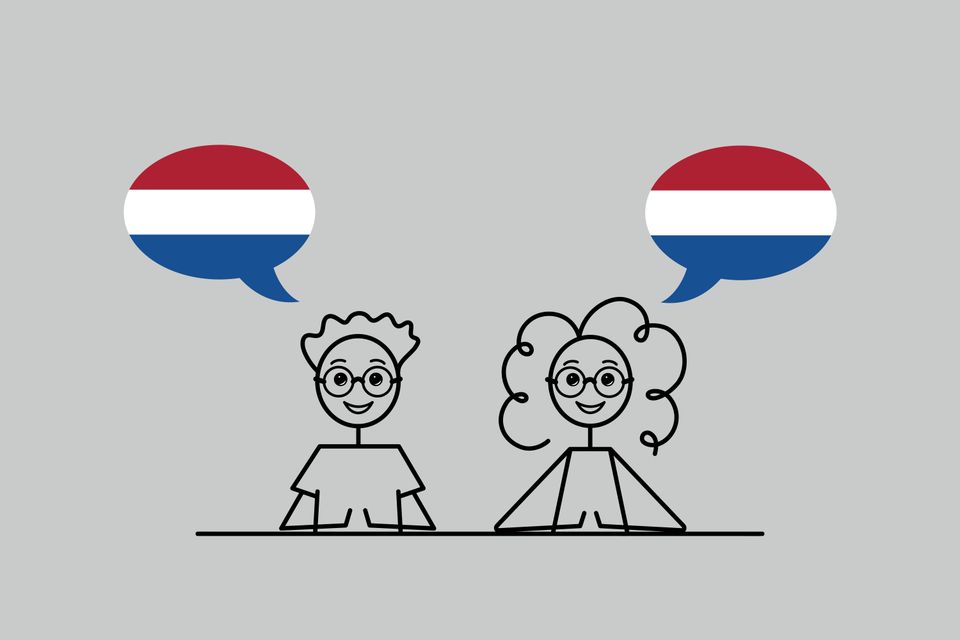Bridging the Cultural Divide with Language
a Culture-Powered Dutch Language Course
An article by Ludejo
Eleonora was from a medium-sized city in the north of Italy. When her husband got a job in the Netherlands, the family moved with their four-year-old Matteo. They settled in IJsselstein. Eleonora spent a couple of months practising Dutch verb conjugations and grammar with a popular language learning app. Her kitchen was littered with post-it notes, reminding her that the Dutch word for spoon is lepel, and a window is a raam.
One damp morning, a couple of months into their Dutch adventure, Eleonora was approached in the schoolyard by the mother of a child from Matteo’s kindergarten class. "We," she gestured towards a group of women nearby, "are having a little gathering at my place this afternoon. Would you like to join?"
Wine, Tea, and Social Etiquette: Sip of understanding
"What would you like?" asked the host, turning to Eleonora. The other women kindly waited for the response of their guest.
"Wine…?" Eleonora said.
"Wine, of course."
She poured a glass of cool Chablis.
"Tea please!" said the woman across from Eleonora.
"I'd prefer coffee!"
One by one the women chose their tea of choice while Eleonora was left awkwardly nursing her glass of wine. She was so embarrassed she hurriedly left the schoolyard after dropping off her son the next day.
Language and Culture: a symbiotic relationship
Eleonoras’ discomfort could have been avoided if she knew what was expected. Unfortunately, this setback meant it took much longer for her to feel at home here. In the Netherlands, it’s customary to allow the guest to go first.
To really understand a language you must grasp the context in which it's being spoken. Every culture has subcultures. To speak a language well, comprehending the context is crucial. Knowing what's appropriate, or how to ask for help, matters. You feel more self assured when you know how to deal with the potential embarrassment of mistakes.
Through language, you can learn to read another culture. Grammatical errors are less uncomfortable in communication with people you're just getting to know than cultural "errors".
Discovering Dutch Delights:
History influences language and social manners. It also affects art, accepted norms, customs and traditions, idioms, and proverbs. Understanding cultural boundaries and humour disparities between groups when integrating into a new culture takes time. Dutch people don't always wear their hearts on their sleeves, but if they feel you’ve crossed a line, they will tell you.
When learning Dutch, you need to savour the delights that our language has to offer. The “standard” language courses very often don't address culture properly. They focus mainly on words and grammar. Vocab is obviously important, but by learning to see cultural connections, you remember and understand the language much better.
Do you want Dutch language lessons where you learn the language through reading the culture? Then try language lessons at Ludejo and we’ll ensure you feel at home here as quickly as possible.
Find more information on our website or send us an email.
